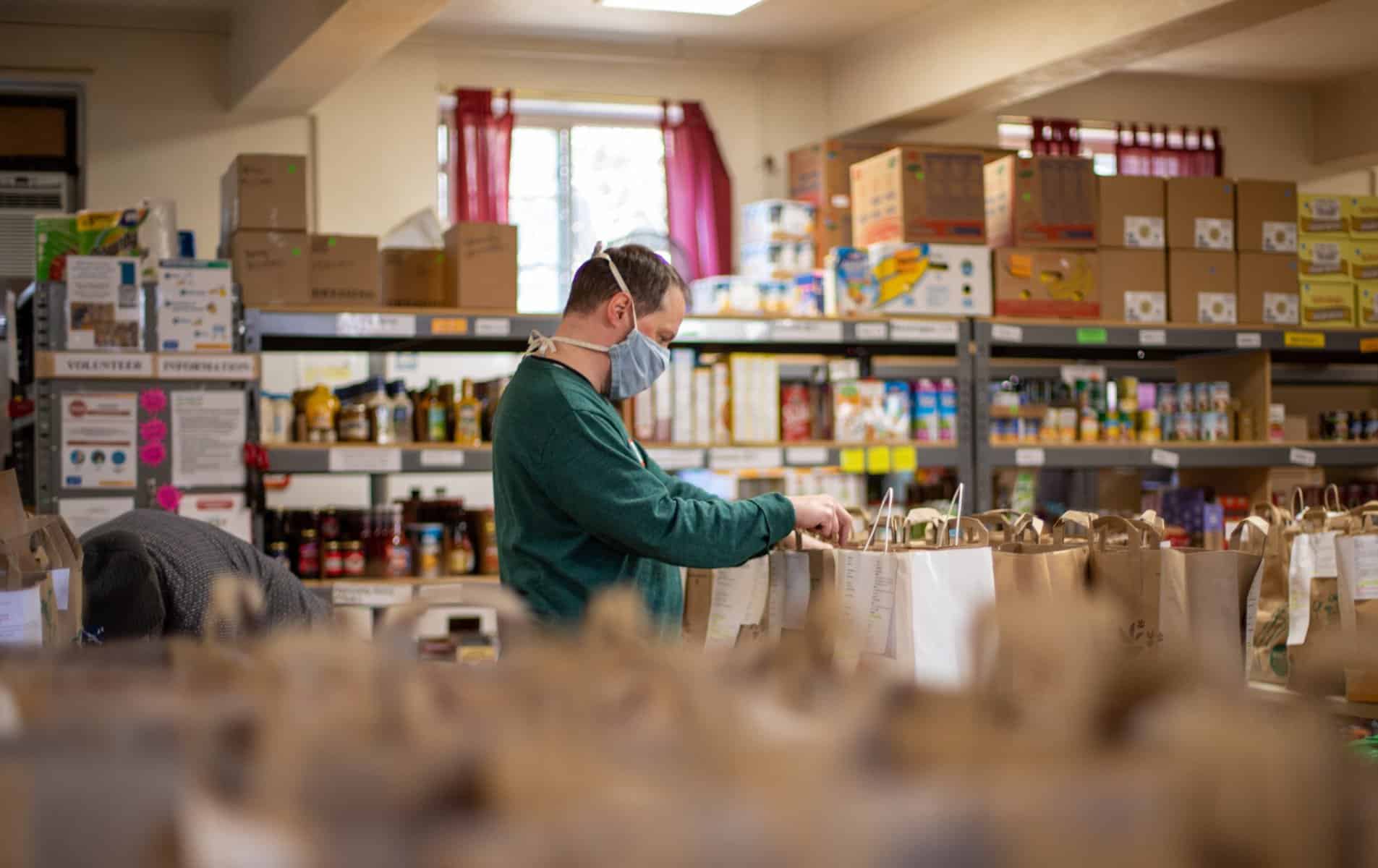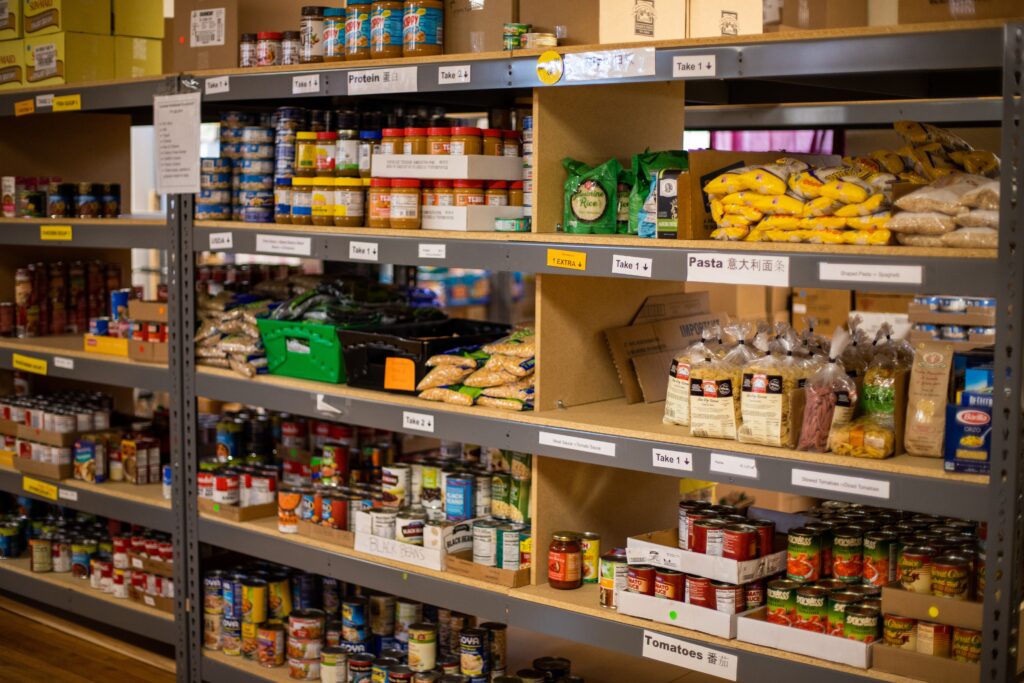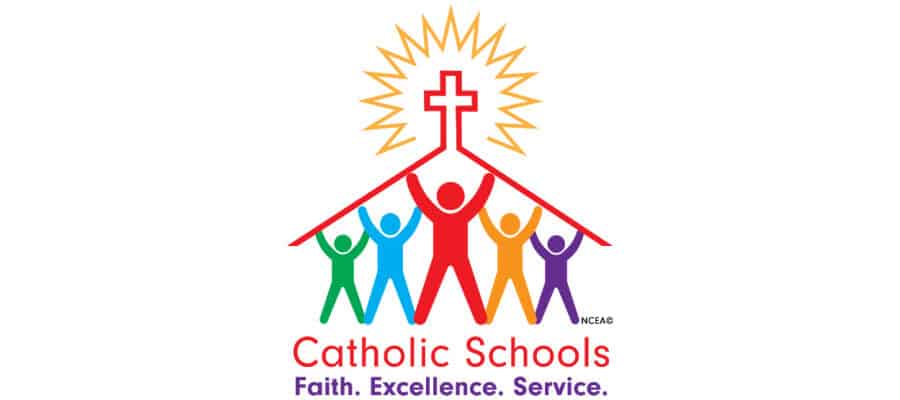During the height of the COVID-19 pandemic, many organizations and governmental agencies bolstered their support of hunger-related needs across the United States. In the last several months, as many of these anti-hunger programs and supports have ended, the need in many communities across the country has not lessened. In the midst of historic rates of inflation, Feeding America has reported that 80% of U.S. food banks are facing increased demand during this time.
Haley Barker, Riley Farrell, and Marika Proctor with the Religion News Service write:
“For the households that were already food insecure in 2020, nearly half of those reported using a food pantry,” said Jordan Teague, interim director for policy analysis and coalition building at Bread for the World. “Now, more people are facing the crisis. We’re all sort of feeling that pinch, and government programs are coming to an end.”
Since the 1980s, the U.S. Department of Agriculture has donated surplus commodities it buys to stabilize farm prices to the Charitable Food Assistance System, a network of food banks. For four years, the Trump administration bolstered the program to offset the cost of its tariff increases, raising the share of the USDA’s contributions to as much as 15% of some food banks’ supplies. Those resources, too, have now tailed off.
“We saw a real increase even before the pandemic hit in those USDA commodities and, obviously, during the pandemic, USDA made more commodities available as well,” said Celia Cole, CEO of Feeding Texas, a food security organization based in Austin. “Now, without them, we’re seeing a drop-off.”
Food banks are looking more than ever to make up the gaps with private monetary donations, and government financial assistance. “For every dollar donated to a food bank, we can stretch it to four meals,” said Cole. “We encourage people to be educated with their elected officials in support of hunger-fighting programs like SNAP and the Child Nutrition Programs.”
While there are no immediate solutions to the gap in getting resources to those who need them most currently, leaders are confident that the generosity and perseverance of communities will continue to carry them through.
Barker, Farrell, and Proctor write:
“People are generous,” said Darra Slagle, director of Rose’s Bounty, a food pantry operating out of Stratford Street United Church in Boston, “and when they are made aware of the need, are able to help. I encourage people to give to their local food pantries. They could use money to get the things that they need.”
Hoffman at the Midwest Food Bank said prayer is another life raft for anti-hunger operations.
“We have a lot of prayer warriors,” he said. “The faith community is a huge part of what we do, (and) many churches pray for us. The Bible says, ‘The poor you’ll have with you always,’ so we know we have a job that needs to be done, and we’ll keep getting it done.”
Read the full article here.
Featured Image by Aaron Doucett on Unsplash







